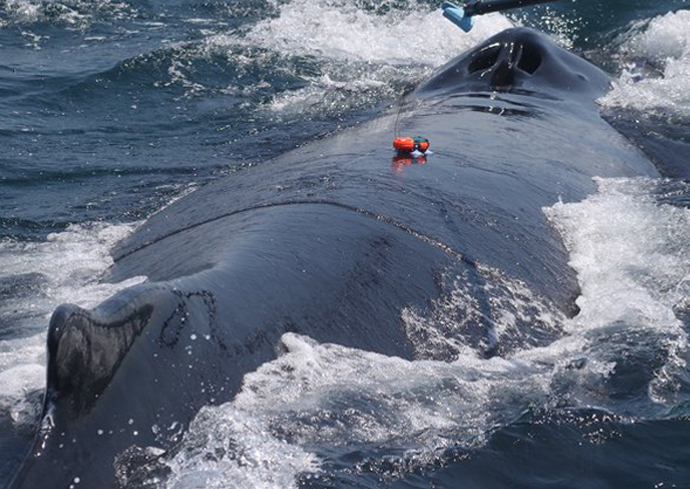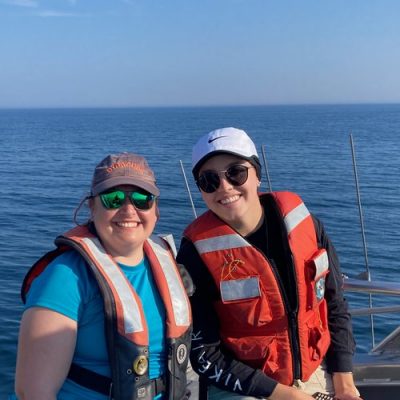Tissue Forces Help Shape Developing Organs
A new study looks at the physical forces that help shape developing organs. Scientists in the past believed that the fast-acting biochemistry of genes and proteins is responsible for directing this choreography. But new research from the College of Arts…



